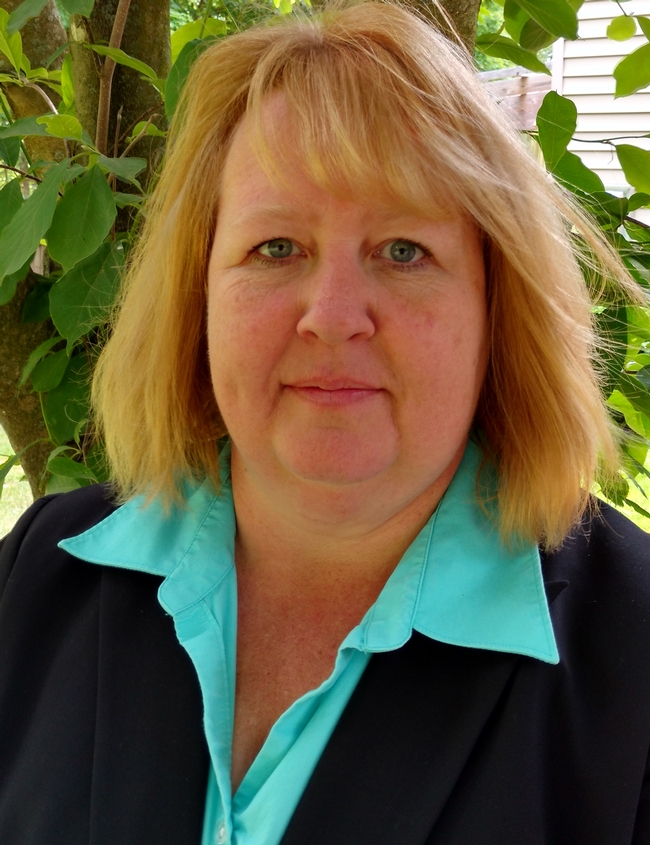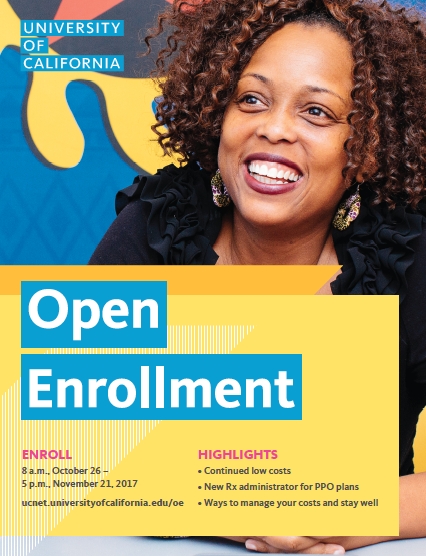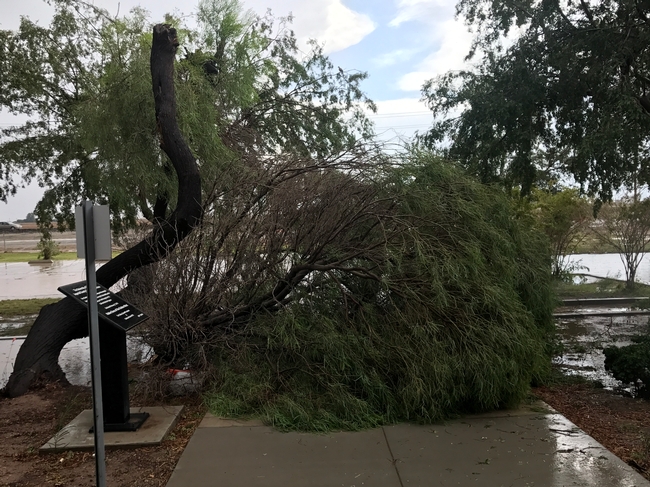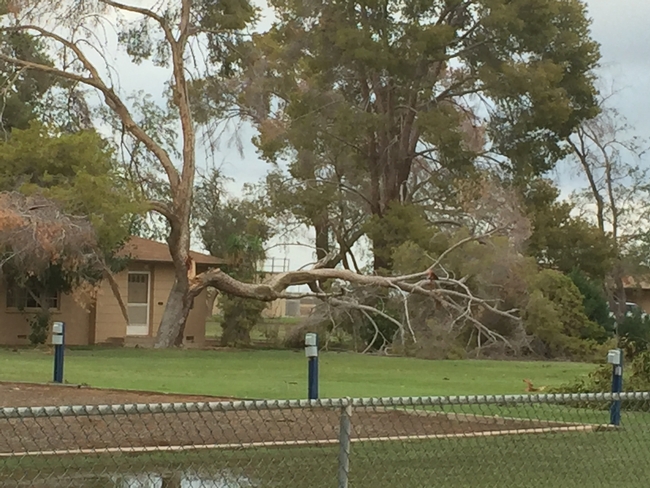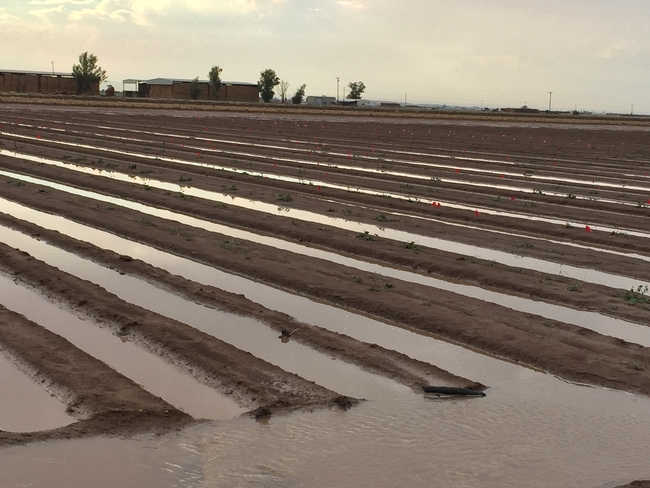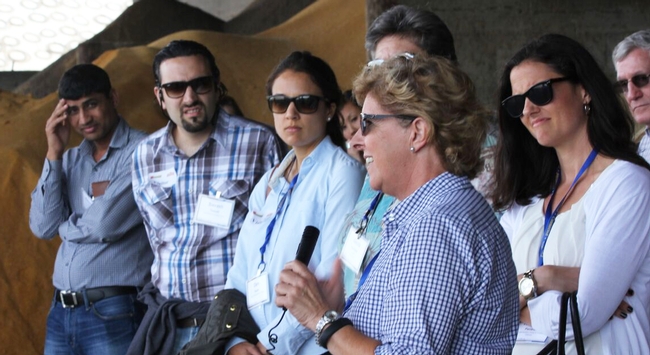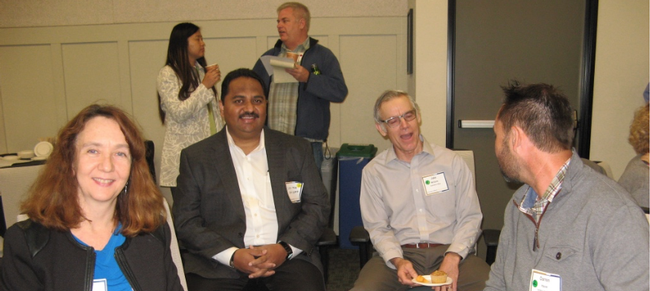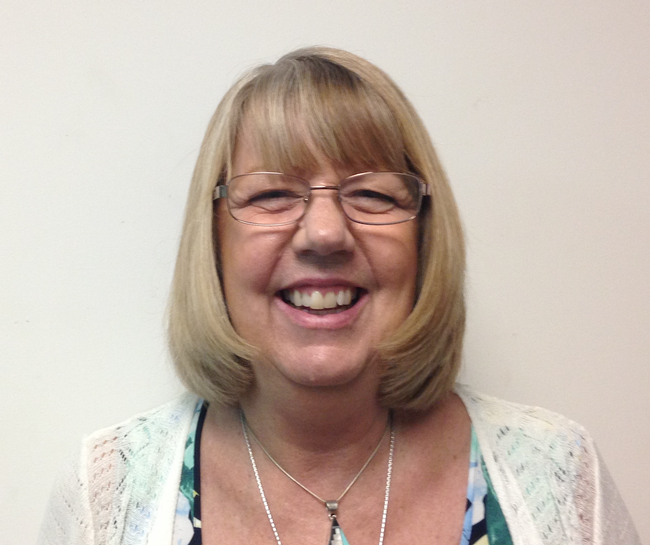4-H & Families
Your input requested for condition changes
As part of the current effort to align our work such that we are best positioned to achieve the 2025 Strategic Vision, a group of UC ANR academics have drafted condition changes that are now in need of your review and feedback.
Condition changes are those long-term outcomes of our work that are the evidence of how our work makes a difference. Condition changes are at a level higher than that of the personal benefit our clientele receive as a result of direct participation in our programs. Rather, the condition change represents environmental, health, or economic benefits at a societal level (e.g. improved water quality, improved nutrition and health, increased market opportunities, etc.).
How you can provide feedback
Program Team Leaders, Statewide Program Directors, Institute Directors and Strategic Initiative Leaders have worked together to develop the current list of condition changes. They will be reaching out to you to solicit your input. I would ask that you share your thoughts with those who reach out to you and they will collate all feedback they receive and provide it back through a Collaborative Tools site so that the development team can see the feedback as it is received. In early October, we will assemble all of the feedback and make decisions how to move forward.
Why this is important to you?
The final list of condition changes will be coded into the new Project Board (UC ANR program information system that will be replacing DANRS-X and integrated with the merit and promotion process for UC ANR academics. We will be asking academics to assign a percentage of time you spend working towards the condition changes. This will replace assigning your FTE to the federal Knowledge Areas. In addition, you will be tagging condition changes to your work when you write your outcome/impact narratives. You will be able to tag multiple condition changes to a single narrative provided you have quantitative evidence of the effected condition change.
How will this information be used?
The condition changes will be used in multiple ways. First, the condition changes and aggregated effort associated with each condition change will be used to determine if we have sufficient capacity working towards the changes needed to achieve our 2025 Strategic Vision. This will help guide future investments by UC ANR and help you, as an individual, identify priorities for directing your own effort. Second, the outcome/impact narratives that are tagged to specific condition changes will provide us the evidence needed to share all of your good work with supporters. The condition changes will serve as a sorting mechanism for the outcomes/impact narratives. The narratives themselves provide quantitative evidence of your outcomes including how they contribute to condition change indicators, as well as frame the work (what was done, where, why, who were the partners, etc.). Because of the intended uses of the information, it is important that we have a complete set of condition changes that represent the work we need to do to achieve our vision.
Why the rush?
The new Project Board is on track for roll out in March. In order to have the condition changes be part of Project Board and not a separate, additional reporting request, we need to have them coded in the system. The development team has indicated that they need the information in early October. Therefore, we are requesting that all Program Team Leaders provide their collective feedback (1 document per Program Team) by October 1. We will review the feedback, draw up a revised list of condition changes, and have that turned around to the Project Board team quickly.
What happens after the feedback is provided?
We will continue to talk about condition changes and condition change indicators throughout the fall and into spring. We are planning to offer training in the winter and spring to address condition changes, condition change indicators and how they tie to Public Value Statements that are currently in draft form. The Public Value Statements will be reviewed and modified yet this fall. If you have interest in being part of a small-ish group that will review and revise the Public Value Statements, please let me know via email. Note that condition change indicators and public value statements will not be part of the reporting in Project Board or any other form; only condition changes will be reported against in Project Board.
Tips to consider
- Condition changes must be measurable; condition change indicators are the metrics used to quantify the magnitude of change in a condition
- Condition changes should not be audience-specific but rather apply to any/all of our audiences as appropriate
- While I am an incurable ‘lumper' it is best to be a ‘splitter' when it comes to condition changes because it provides greater clarity as to what the evidence that support change really is and will allow for improved aggregation of your impact stories making it easier to share your work with others (easier to find, easier to understand and convey appropriately).
- Having more, rather than fewer, condition changes in Project Board will not cause you to have to report the same thing in multiple locations – the coding is planned to provide opportunity to use multiple tags for the same report.
A generic logic model used for reporting to USDA National Institute for Food and Agriculture can be viewed at http://ucanr.edu/sites/anrstaff/files/270919.pdf.
Regards,
Wendy Powers
Associate Vice President
Open Enrollment posters available for download
The University of California's Open Enrollment for benefits this year will be Oct. 26 through Nov. 21.
Posters about Open Enrollment can be downloaded from the Box folder available at this link: https://ucop.box.com/s/sf82qi28kt8ed4gyey0tio8keo9d2qb0
The posters are available in English and Spanish in 11 x 17 and 8 1/2 x 11. UCOP's designer added a white border to allow for professional or office printing.
Apply for Strategic Initiative leader positions by Nov. 6
ANR academics are invited to apply for Strategic Initiative leader positions, which play key roles in advocating, convening and communicating to strengthen UC ANR's research and outreach agenda. Given the evolving role of the UC ANR Strategic Initiatives (SI), the current SI leaders have agreed that it would be beneficial to conduct an open search for the next set of SI leaders from across the breadth of expertise of the division.
During the second half of 2017, three SI leader positions are scheduled to rotate off, opening up opportunities for others to take the lead for Endemic and Invasive Pests and Diseases, Sustainable Food Systems and Sustainable Natural Resources.
Strategic Initiative leader positions are filled by UC ANR academics, who are appointed by the vice president on a rotating basis for three years, with a possibility of extension. The positions are open to all ANR academics, including Agricultural Experiment Station faculty and Cooperative Extension advisors and specialists.
Endemic and Invasive Pests and Diseases is currently led by Cheryl Wilen, David Doll leads Sustainable Food Systems, and John Harper leads Sustainable Natural Resources. Staying on are Doug Parker, who leads Water Quality, Quantity and Security, and Keith Nathaniel, who leads Healthy Families and Communities.
To apply for one of the SI leader positions, complete the form at http://ucanr.edu/survey/survey.cfm?surveynumber=21548. Applications will be accepted until Nov. 6.
Applicants will be contacted for interviews in late November or early December. The new leaders are anticipated to start on Jan. 2, 2018.
For information regarding the roles and responsibilities of the Strategic Initiative leader position, see the Terms of Reference for Strategic Initiative Leaders. If you have questions, contact Mark Bell, vice provost of Strategic Initiatives and Statewide Programs.
Desert REC and UCCE Imperial County taken by storm
Bachie added, "Everything is ok and no one is hurt in the incident. Please, no worries!"
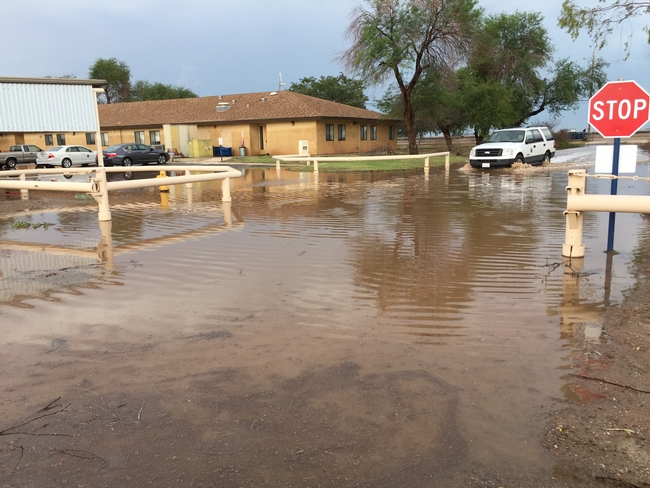
DREC truck high water
Learning and development update
Programmatic Orientation to be held Oct. 17-19
UCANR's Programmatic Orientation will be held Oct. 17-19 at Hopland Research and Extension Center (HREC), located at 4070 University Road, Hopland, CA 95449.
Programmatic Orientation is designed to help academics jump start their programs by focusing on program design. The event will showcase successful projects of other ANR academics.
The orientation is open to all early-career UC Cooperative Extension advisors, UC Cooperative Extension specialists, academic coordinators, academic administrators and Agricultural Experiment Station faculty who were unable to attend in 2014 or 2015 or who have been recently hired. Register here.
To learn about the administrative units that support your career, remember to sign up for the New Employee Orientation also.
New Employee Orientation to be held Nov. 14
The New Employee Orientation will be held Nov. 14 from 10 a.m. to 3 p.m. at the UC ANR Building at 2801 Second Street in Davis.
The New Employee Orientation is for staff and academics. It introduces statewide programs, focuses on administrative units and services and provides an overview of ANR structure, vision and mission. Register here.
Webinar: Transforming Extension
A webinar titled “Transforming Extension: Enhanced Engagement Through Client Management Systems” will be presented on Friday, Oct. 27, 2017, at 8:30 a.m.
Kyle Flinn, University of Missouri Extension, extension enterprise project director, is the presenter.
The University of Missouri Extension is investing in transformative technology platforms to enhance engagement with the citizens of Missouri. During this webinar, the speaker will provide details about the specific e-commerce, e-marketing, online learning and event management platforms that will be launched in 2017. In addition, information about how the systems will complement tools like 4H Online will be shared. This new platform provides Missouri Extension with a new website, a new content management system and seeks automate a number of manual tasks.
To join the webinar, go to https://extension.zoom.us/j/944887647.
Lynda.com course feature: Building trust
You're responsible for building community, collaborating on a project, or managing a team. What's missing is a sense of trust. It appears not to be building by itself and it's time for change. Need a compass? Let author Brenda Bailey-Hughes teach you how to strengthen relationships, build trust in teams (even remote ones!), how to rebuild violated trust, and more. This course qualifies for professional development units through the Project Management Institute.
Implicit (unconscious) bias? Me?
Yes, you and me. We all hold bias and it can take a bit of courage to want to know what our inner biases are. In the coming months, especially for those of us involved in the hiring process at the University of California, we will be hearing more about implicit bias and receive UC-wide training in this topic area. Being aware of our biases will help us make better hiring decisions in the future.
In the meantime, Harvard University's Project Implicit® bias tests will give you an opportunity to click through a survey on any of the following areas to learn your level of bias for:
- Age
- Presidents
- Religion
- Sexuality
- Arab-Muslim
- Disability
- Weapons
- Race
- Gender-Career
- Gender-Science
- Weight
- Asian
- Native
- Skin-tone
After 5-10 minutes, you will receive a score. Be honest. Be prepared to learn about yourself.
Supervisor upskill: Learn, network and celebrate
Learn: UC People Performance Certificate Series
Join ANR supervisors who have grown their people management skills by completing the UC Performance Management Series Certificate (UC Learning Center). (Browse course titles and codes here).
Like you, these supervisors face challenges. The series provided them tools and communication practices that help them make a difference in the growth, engagement, and productivity of their employees.
Lori Renstrom, administrative officer for UCCE San Diego, said: "The UC People Management Certificate series has helped me to be a more well-rounded and engaged supervisor. I have learned that performance management is more than a once-a-year performance evaluation endeavor; it's an ever-evolving process of setting expectations and goals, monitoring and giving staff feedback, coaching, reviewing expectations, evaluating results which replays continually.
"Additionally, I have learned how to work with my staff to create SMART goals which benefit not only the employee, but the entire organization as well. Additionally, using the lessons learned in the series, an administrative succession plan has been formulated which will ensure continuity of services and institutional knowledge."
Upskill: UC People Management Networking Cohort
Fill out this interest survey if you would like to be considered for the winter 2018 networking cohort. ANR people managers meet for a facilitated call once a month for 10 months at a preset day and time to share:
- Tools used from the UC People Management course and how they are affecting positive change
- Guidance for challenges or issues in engagement, productivity or communication
- Resolutions for workplace scenarios
- Homework assignments from the course
Celebrate: UC People Management Conference 2018 Sponsorships
ANR Learning & Development will be sponsor 10 people managers who complete the UC Performance Management Series Certificate by June 29, 2018, to attend the second annual UC People Management Conference in August 2018! Check out last year's conference website.
Early registration discount for NAEPSDP annual conference ends Oct. 30
The 2017 National Association of Extension Program and Staff Development Professionals (NAEPSDP) Annual Conference will be held at Green Valley Ranch Resort in Las Vegas, Nev., on Dec. 5-7, 2017.
The keynote speaker will be our very own, Mark Bell, vice provost for Strategic Initiatives and Statewide Programs!
What could you gain by networking with extension colleagues from around the US?
- Network with extension colleagues from other states
- Learn from early technology adopters
- Identify resources that can be shared
- Find collaboration opportunities
- Learn about NAEPSDP leadership opportunities
- Connect with individuals who have statewide and regional responsibilities that often include adoption of new technologies or practices for program development or managing human resources
Register now to get the early bird discount! NAEPSDP was formed to bring the national community of program and staff development professionals together. This community includes individuals with a range of responsibilities in support of extension educators and the overall mission of Cooperative Extension. Explore the NAEPSDP website for more information.
NAEPSDP members include:
- Middle managers
- Staff development faculty
- Evaluation specialists
- IT specialists
- Instructional designers
- Administrators
- Human resources managers
- Program leaders
Questions? Contact Jodi Azulai at jlazulai@ucanr.edu or (530) 750-1239.

